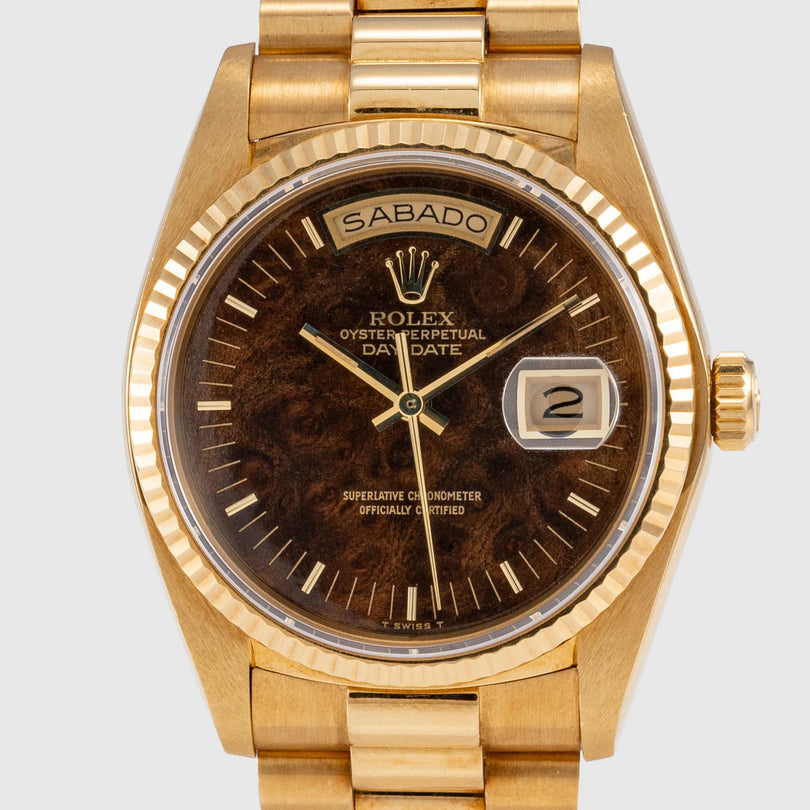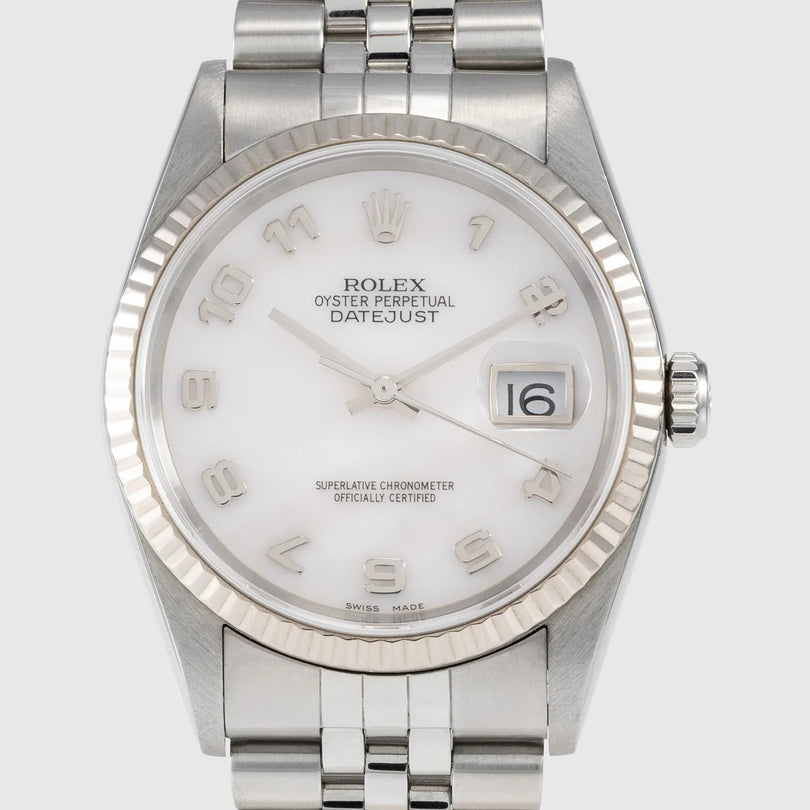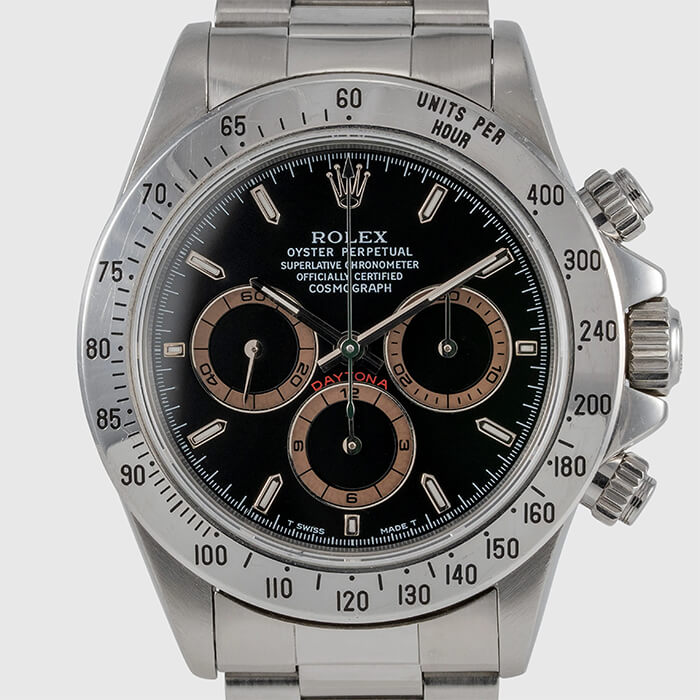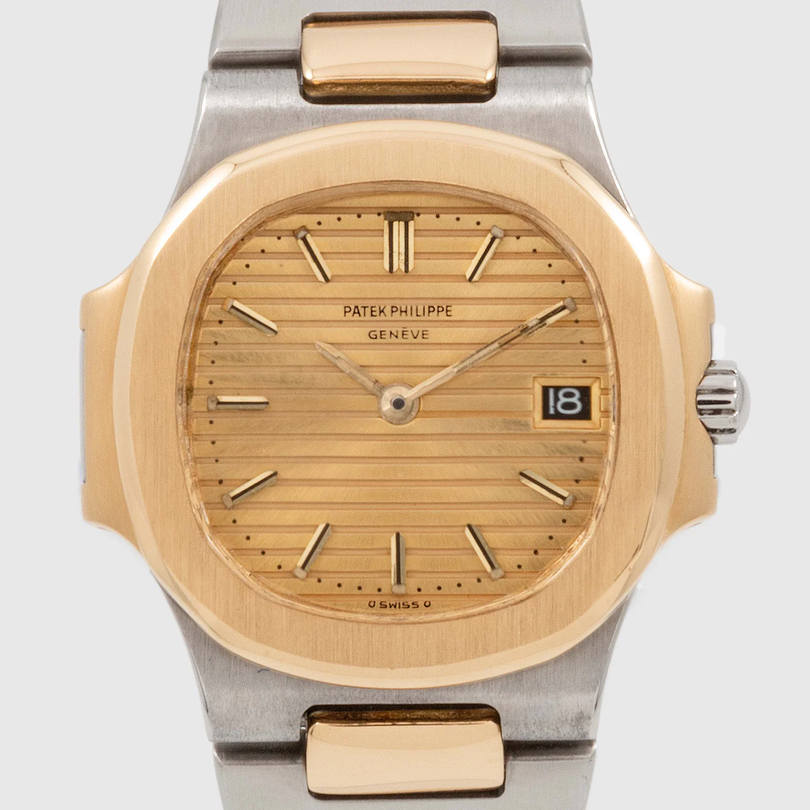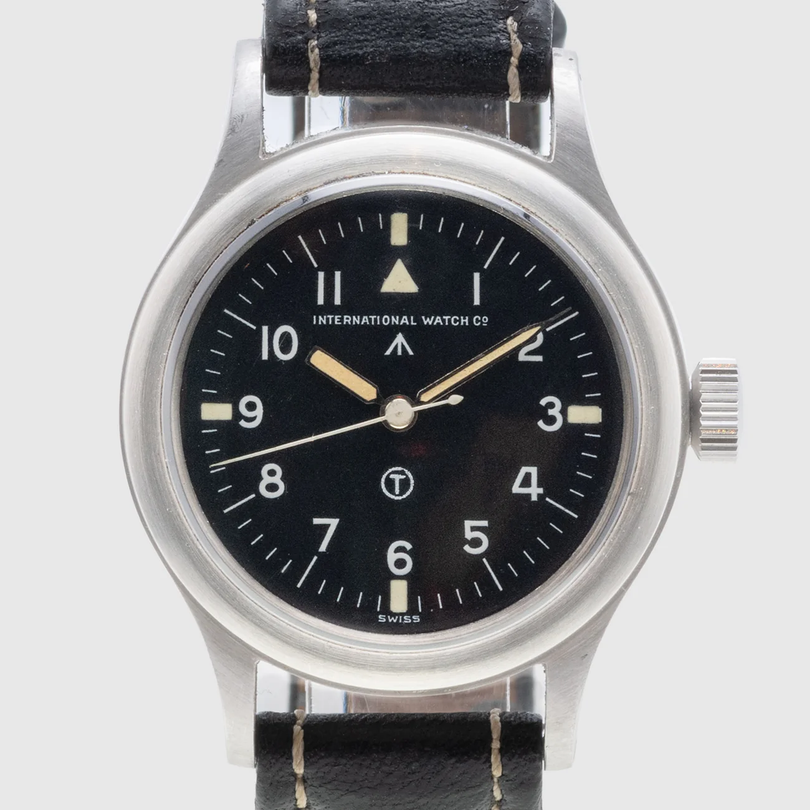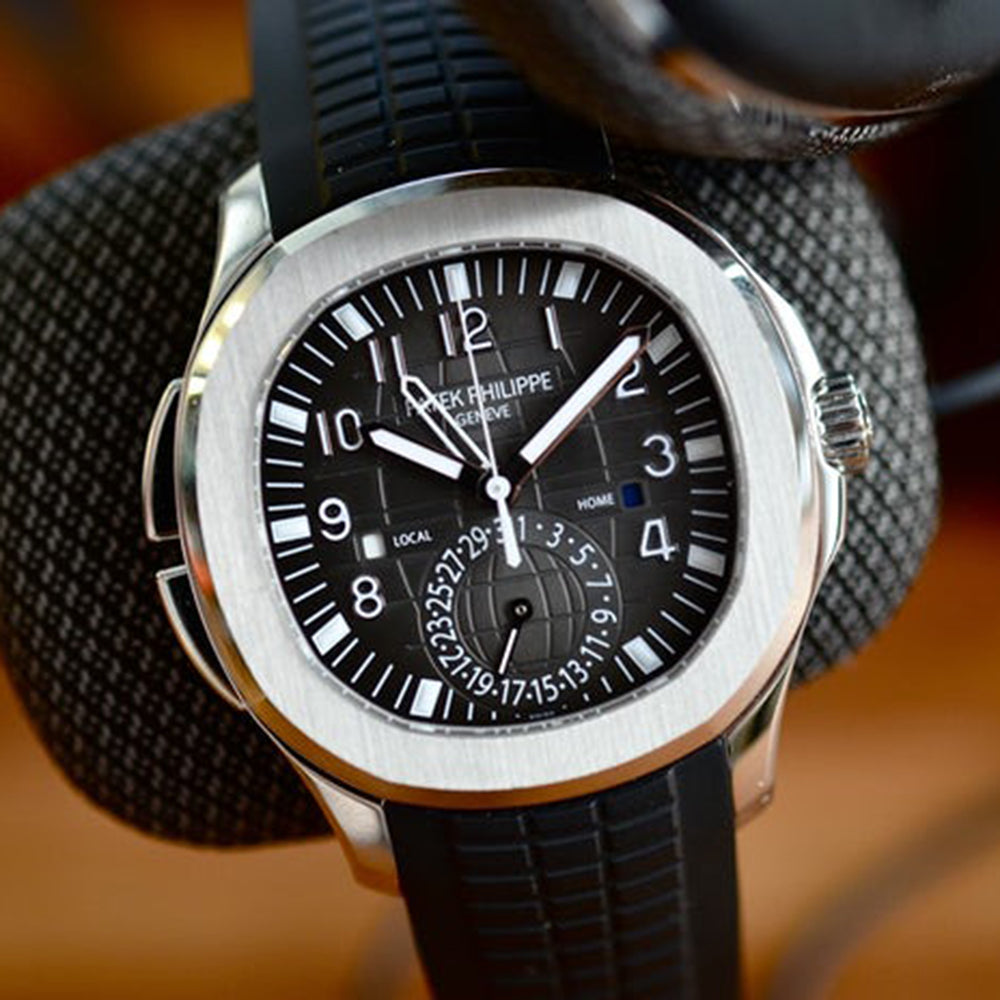 There's an old saying – "One man's trash is another man's treasure." Being in this business I've often wondered to myself: What is it, exactly, that determines the relative value of a collectible?
There's an old saying – "One man's trash is another man's treasure." Being in this business I've often wondered to myself: What is it, exactly, that determines the relative value of a collectible?
This is an especially interesting question where it comes to something as subjective and ephemeral as a vintage watch on the higher end of the sales spectrum. Why is it that collectors are willing to haul out the big bucks for one special watch, but pass over the next one (possibly even the exact same model) as if it were last night's leftovers?
I often get asked for advice on the relative investment value of a watch, and what to look out for when buying or selling – and for me it's simple. It boils down to the three cardinal C's: Condition, condition, condition.
Take the Rolex Submariner Ref 6204 as a prime example. This watch was a milestone model for Rolex, being the first Sub, and the father of all subsequent Submariner models since then. A recent study carried out by The Watch Investor showed the selling prices at auction for this particular model over the last decade or so. There were some interesting results.
Now bear in mind that a Submariner cost $150 when it was new back in 1954. The average selling price on auction between 2004 and 2018 was found to be $31,212 – which is quite high, even adjusted for inflation. But, to be fair, that's a bit like saying the average depth of the ocean is about 12,000 feet. The devil is in the details.
One or two of the Ref. 6204's in that study sample sold for well below $10,000, and one or two sold for over $70,000. That's a substantial price difference between one seemingly identical watch and the next.
Why the huge gap? In a word: Condition.
A Ref. 6204 in the original box, locked in a vault for fifty years, with all authentic parts and papers intact would be the Holy Grail, and worth the most, by a long way. Of course – those kinds of watches are scarcer than hole-in-one's and hen's teeth. Most vintage watches have been worn for years on the wrist, and taken their fair share of bumps and knocks in the journey of life. How then can you rate the desirability of your watches condition?
When it comes to buying a watch some defects are easy to spot – even for a complete beginner. Stains, scratches and obvious damages are fairly easy to notice. Other faults are much more subtle, and many watches on the open market are fitted with sub-standard replacement parts, and you won't know it until you open the watch.
Possibly the most important consideration, when it comes to the value of a vintage watch, is the condition of the dial. Here again it takes some inside knowledge to know what you're buying, because you might think that a faded dial (with patina) is a bad thing. In fact, the reverse is true. Serious collectors will pay more for a gorgeous "tropical" patina than a non-faded dial. Early watches often used Radium as luminescence, which caused interesting dial patterns over time. What's more, even a cracked dial can be valuable (collectors call it "spider").
Having said that, it's important that the overall condition of the watch matches the dial – otherwise it might point to the fact that the dial, or other parts were replaced. Every detail matters.

Every mechanical watch needs some love, and regular looking after, but too much polishing wears down the lugs and pushers, and detracts from the value again.
Even the most seemingly insignificant details can impact the investment value. The style of hour hand, retouched markers, the crown emblem, or even a handset or bezel insert can have a huge impact on the watch's value – because a seasoned collector will spot the inconsistencies.
Whereas a strap or buckle is easy to replace, keep in mind that authentic, original parts for vintage watches are difficult to track down, so often it's impossible or simply not worth the expense and effort to restore the watch.

The renewed interest in watch collecting over the last decade was at least partly fueled by the record-breaking prices achieved on auction for a few rare and special watches. The Patek Philippe Henry Graves Jr. “Supercomplication” became famous when it sold for a staggering $24 million in 2014. More recently Paul Newman's Rolex Daytona made the headlines when it went for over $17 Million. But even the more everyday variety of vintage watch has become far more valuable too – provided you know what you're doing when you invest.
If you're interested in pursuing the matter, I can recommend James Dowling’s book, Rolex, The Best of Time, as well as Guido Mondani Editore's three-volume Rolex “Encyclopedia.”
Economists and businessmen alike know the flux of supply and demand all too well, and know how these factors drive the prices of everyday commodities. The same rules don't always apply in exactly the same ways to vintage watches. So perhaps the best explanation I've heard is that the value of something is determined by nothing else than what someone is willing to pay for it.
In the collecting business I've seen trends come and go. Particular models become popular for a while, for one reason or another, and then fade to relative obscurity again. There will always be uncertainties, risks and speculation. Of course, Rolex and Patek Philippe are always the best performers, in the long run, but there is a huge difference in the value of one piece compared to the next, even if the models are otherwise identical – and it all comes down to the condition.

